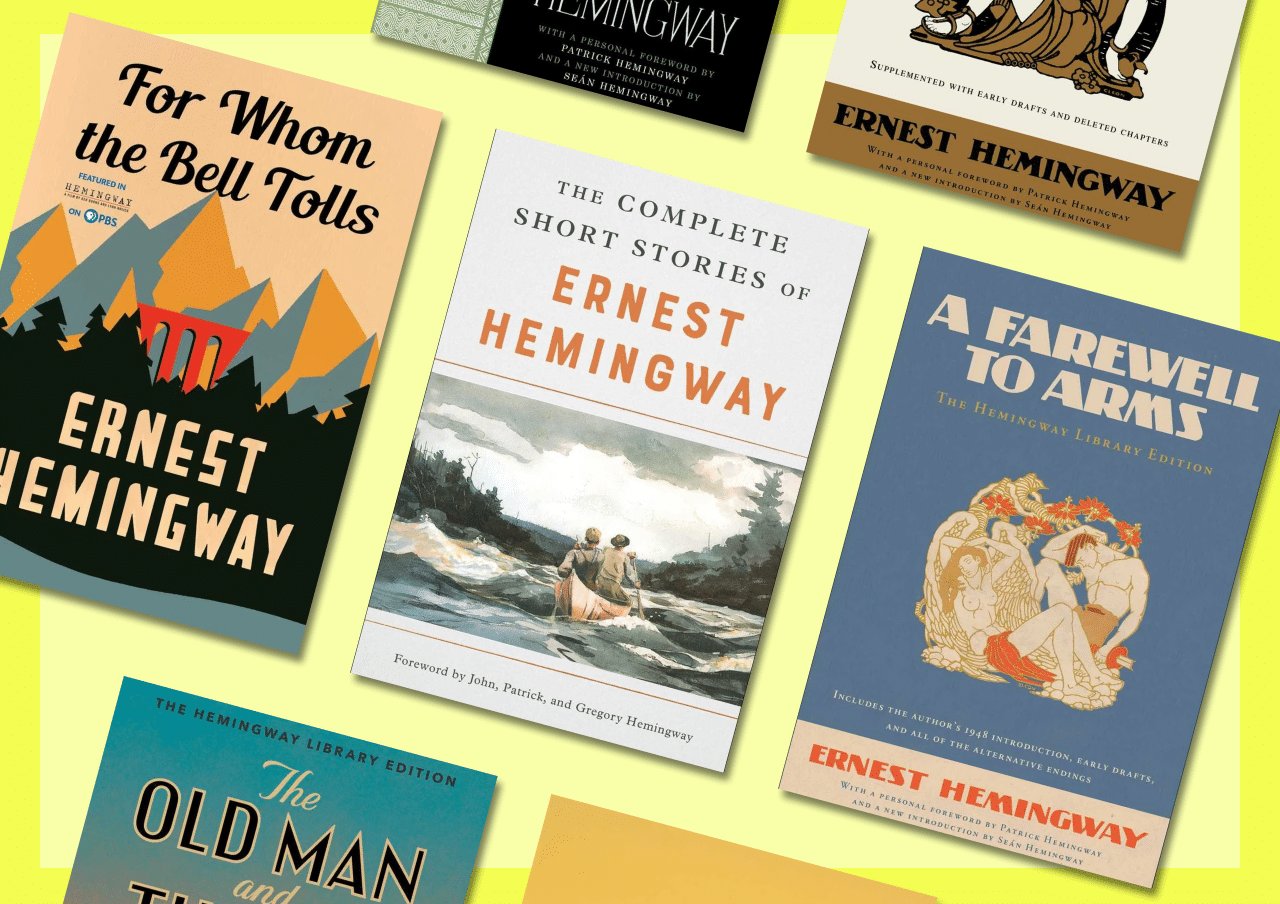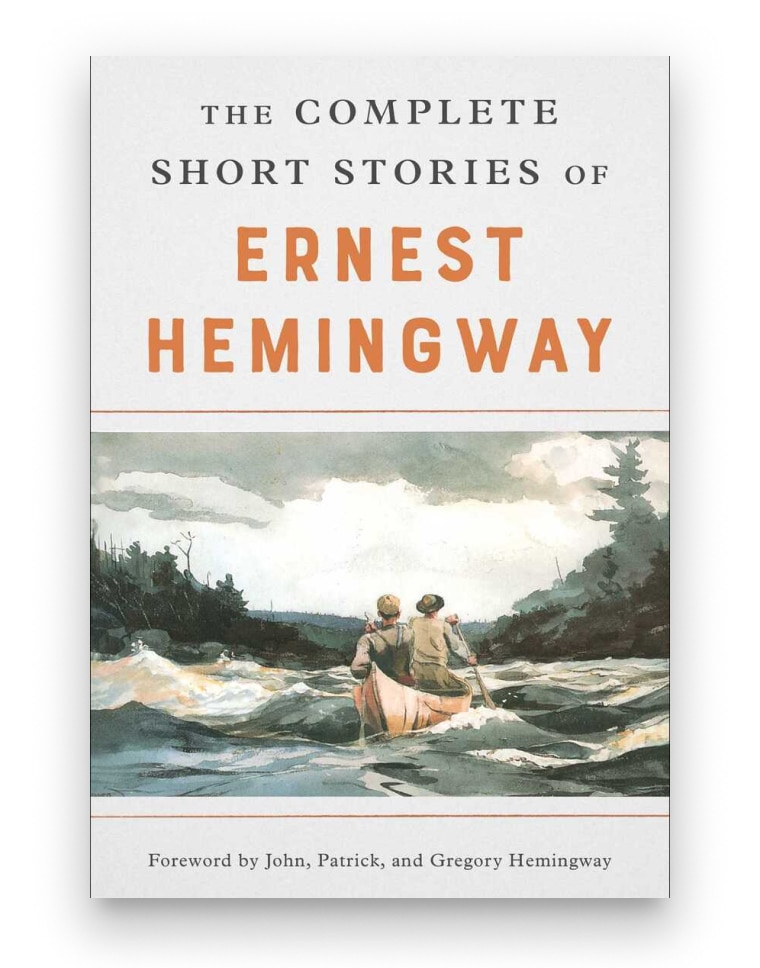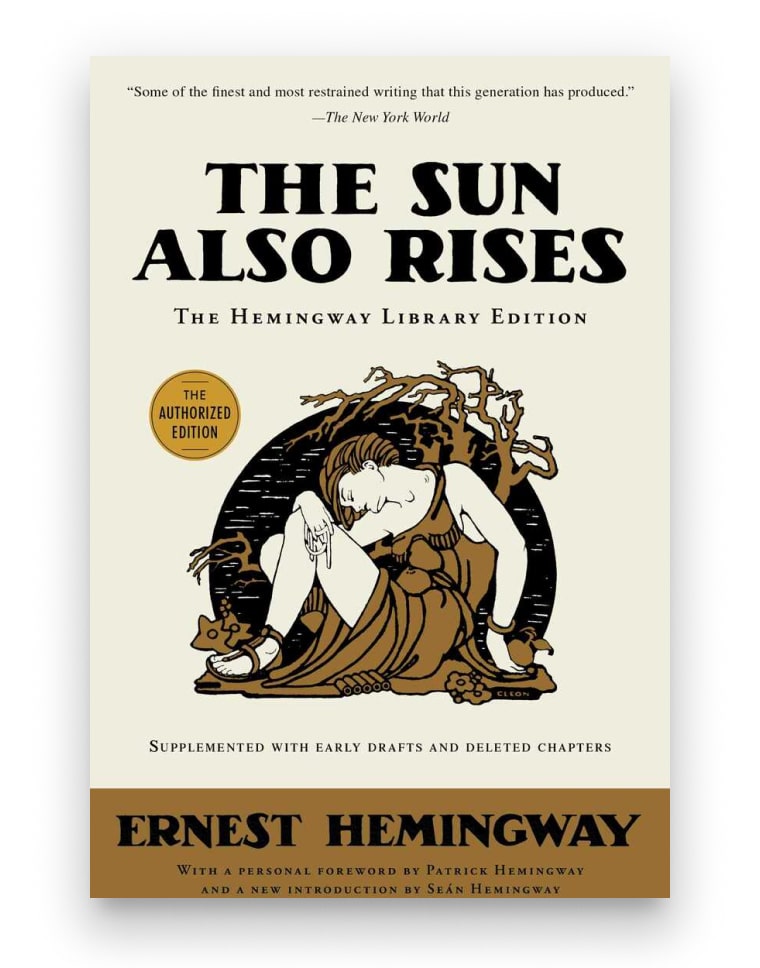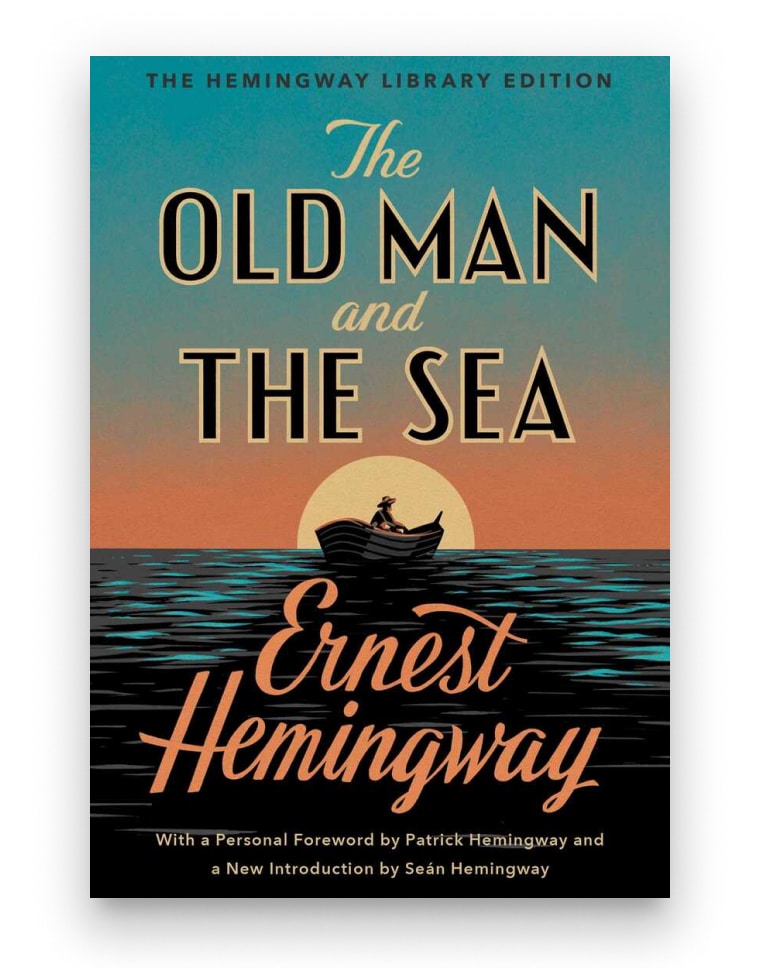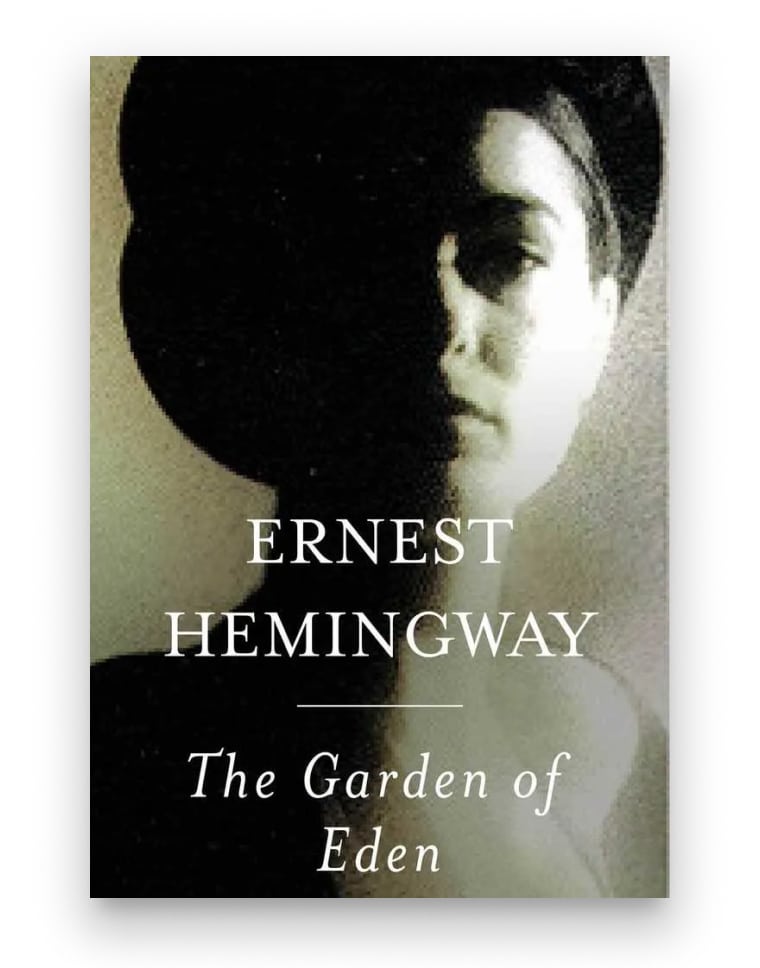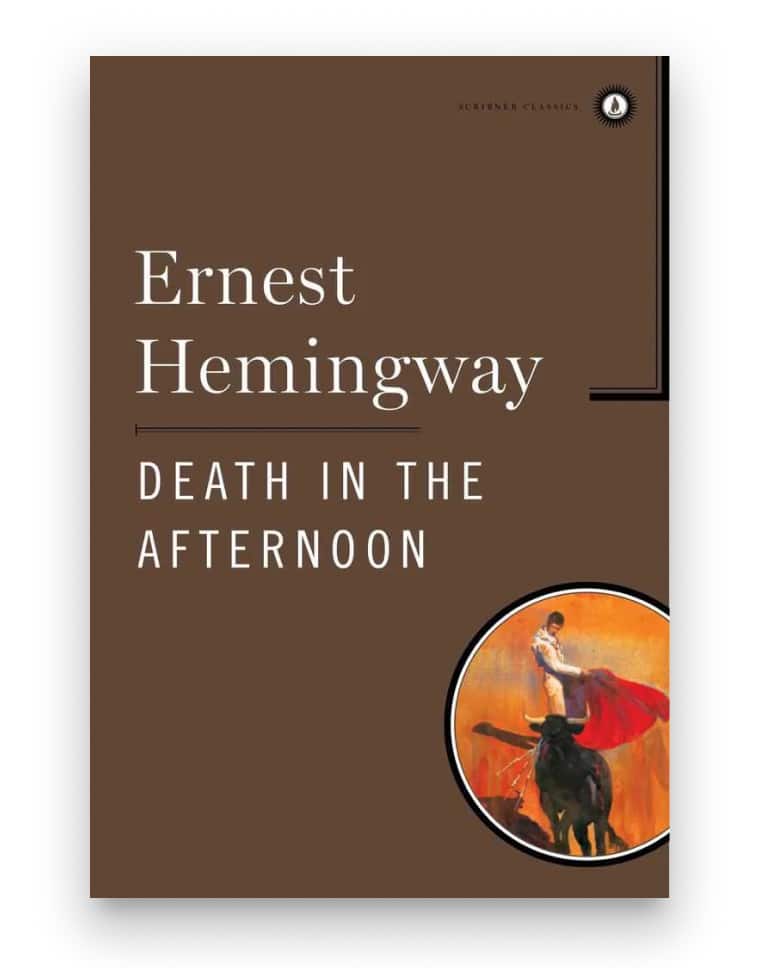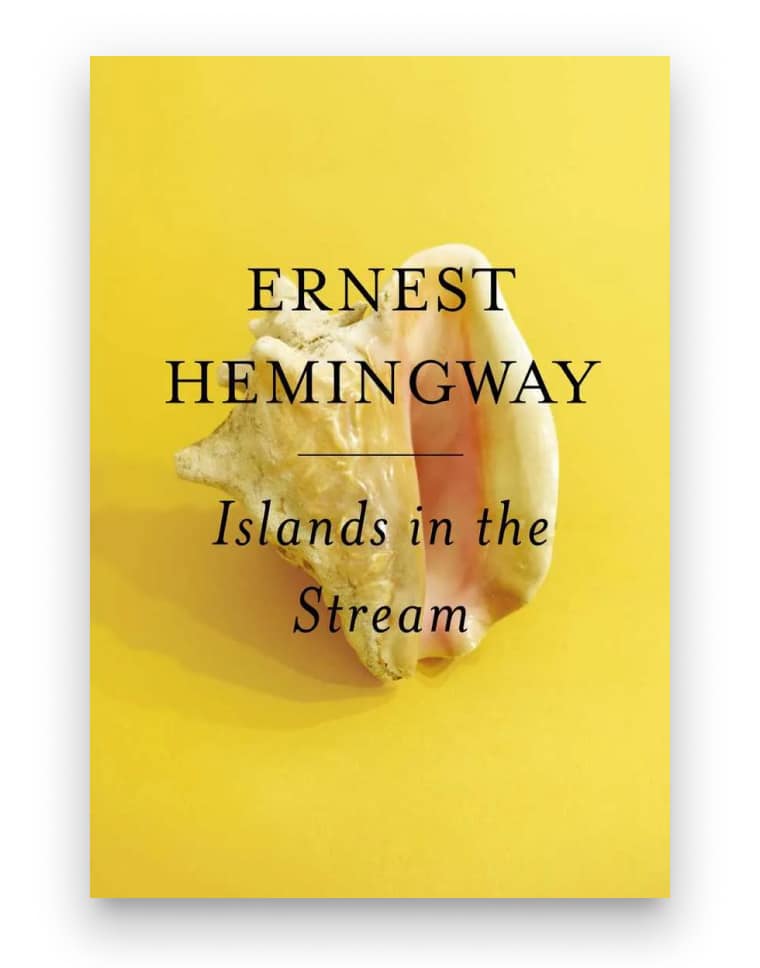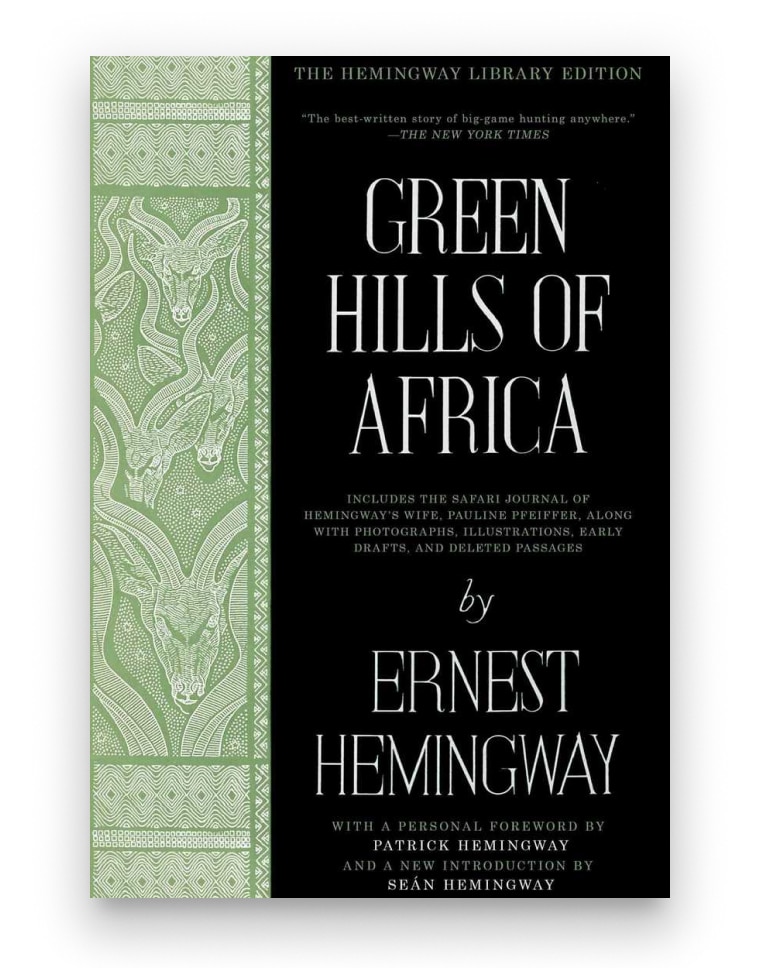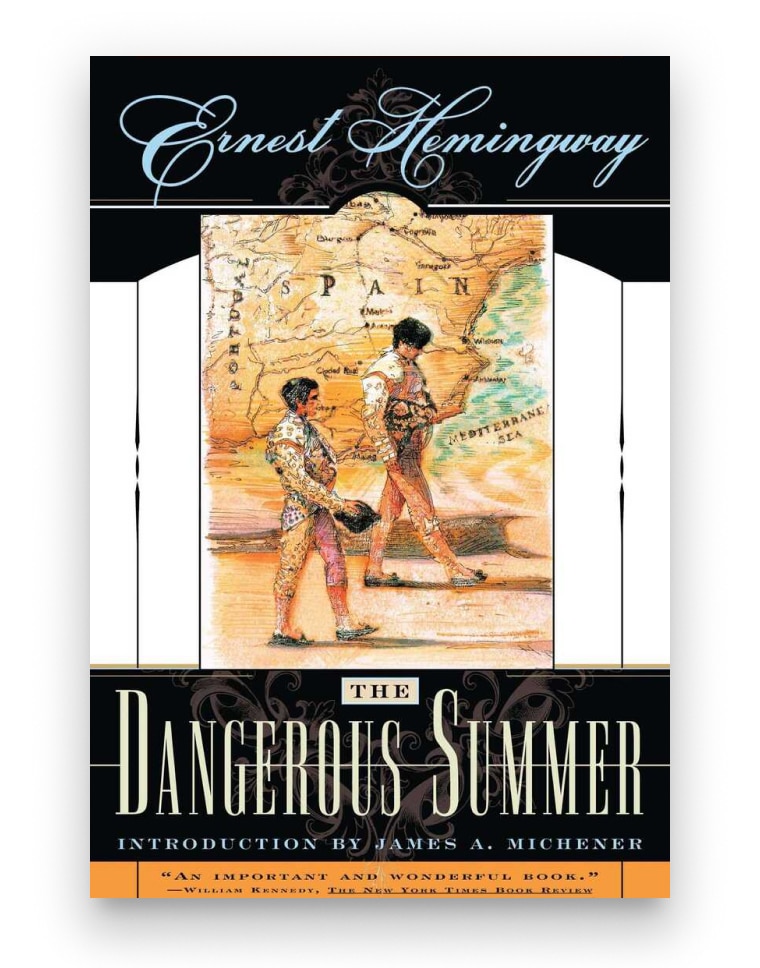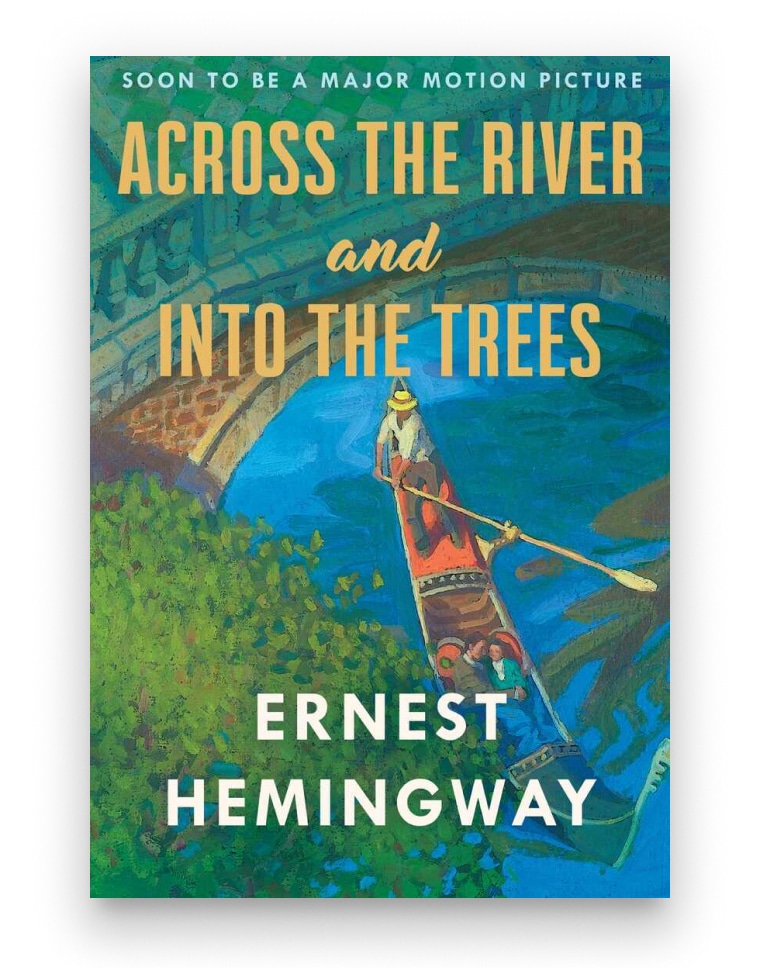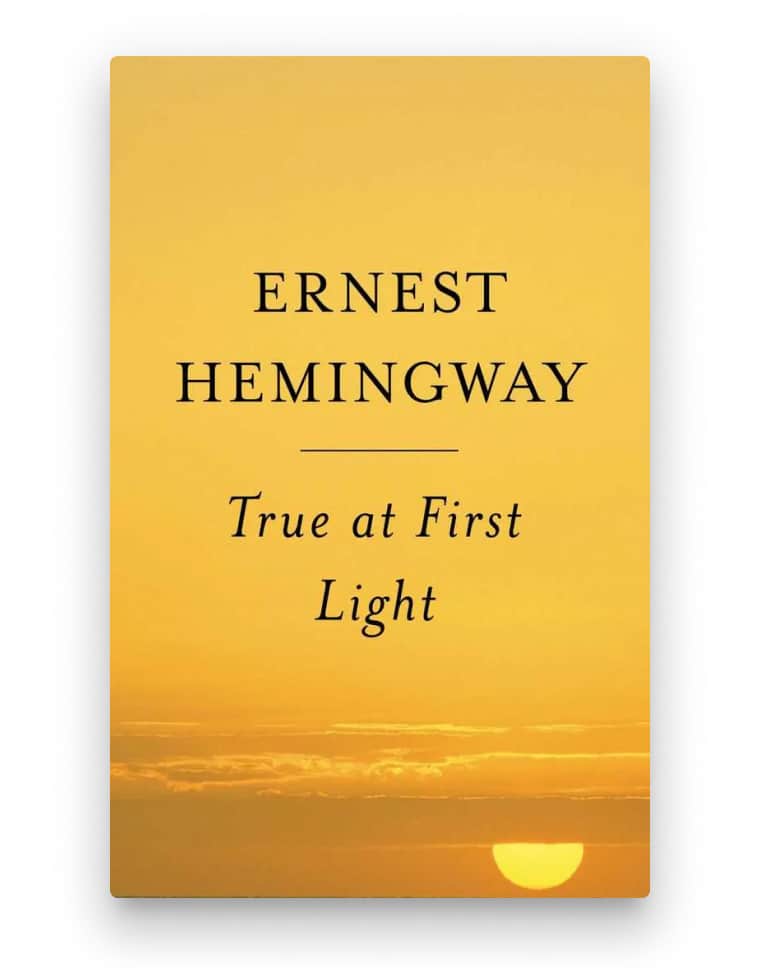
Chances are you’ve already read one of Hemingway’s best books before, whether it was The Old Man and the Sea or any of his numerous short stories like “The Snows of Kilimanjaro” in high school or college. For me personally, reading A Farewell to Arms at the tender age of 16 is what turned me into an English major.
Even if you haven’t read a Hemingway book before, you probably know something fantastical about the man. His obsession with bullfighting. His friendships and feuds with other writers at the time, like Gertrude Stein and F. Scott Fitzgerald. His love of hunting and fishing and going on safari. His affinity for cats (particularly of the six-toed variety).
Okay, maybe I’m just fangirling at this point? Most likely, you’ve just heard that he prided himself in being masculine. You know that he has a very distinct, clipped writing style (learn how to write like the greats here). But his books have a soft side that the larger-than-life tales of his adventures obscure and sand away, and even his shortest sentences drip with meaning and poeticism.
So, without further ado, I present you with a (obviously subjective) list of Hemingway’s greatest writings, starting with my personal favorite, A Farewell to Arms.
In addition to being the best Hemingway novel, A Farewell to Arms is one of the best war novels ever written.
This semi-autobiographical story about an American ambulance driver for the Italian army who falls in love with a British nurse is an expansive look at World War I. It contains my favorite line ever — “Your blood coagulates beautifully” — which is a strange and specific and beautiful sentence, four words that encapsulate Hemingway’s knack for descriptive yet clipped dialogue.
It’s no surprise that the man known for his terse prose is a master of short fiction. Hemingway released several short story collections, and there’s no sense ranking each one: This anthology gathers every story he published.
Read the well-known and lauded works like “The Short Happy Life of Francis Macomber” and “The Snows of Kilimanjaro” and delight in the lesser-known stories as well (my personal, more lighthearted favorite is “A Day’s Wait”).
It's hard to refute claims that For Whom the Bell Tolls is a reprise of A Farewell to Arms, but comparing their surface-level similarities sells both novels short. Where A Farewell to Arms focuses on the love story and has a youthful brashness about it, For Whom the Bell Tolls, about the Spanish Civil War, displays Hemingway’s growing maturity as a writer and a man.
Hemingway is, tragically but unsurprisingly, at his best when writing about war, and the detailed, intense three days of life before the titular promise of death that this story chronicles prove that.
Many readers have a fondness for Hemingway’s first full-length novel, The Sun Also Rises. It follows Jack Barnes, a foreign correspondent living in Paris who suffers from a terminal case of unrequited love (and a horrific injury from WWI that rendered him impotent).
While the story is primarily concerned with exploring the loss of masculinity, it continues to resonate for its message about the pitfalls of taking up the assumed roles that society has prepared for us.
The Old Man and the Sea is the story of an old Cuban fisherman and his supreme ordeal: a relentless, agonizing battle with a giant marlin far out in the Gulf Stream. Using the simple, powerful language of a fable, Hemingway takes the timeless themes of courage in the face of defeat and transforms them into a magnificent modern classic.
This novella was Hemingway’s first and only win of the Pulitzer Prize for literature.
Hemingway worked on The Garden of Eden for the last 15 years of his life, but he never completed it; it was published posthumously, with about two-thirds of what he’d written edited out, 25 years after his death.
While it’s not Hemingway in a fully realized form, it is him in an utterly fascinating transformation, as he begins to break down the gender boundaries that defined so much of our image of him through an androgynous character.
Also published posthumously, A Moveable Feast is an amalgamation of a youthful and an aged Hemingway.
This memoir, which he wrote in his waning years after finding notebooks from his time in Paris in the 1920s, exudes love and bitterness in equal measure (as Hemingway also does in his fiction). It’s a glimpse at a flashpoint in time when literary greats and larger-than-life personalities, like John Dos Passos, Gertrude Stein, and F. Scott Fitzgerald, rubbed elbows as expats in post-WWI Paris.
Death in the Afternoon is a deep dive into the intricacies and beauty of Spanish bullfighting, which Hemingway adored. Hemingway pretty much has the “bullfighting books” market cornered (bullfighting is a plot point in many of his writings).
While it may be difficult to follow along if you’re not a fan of the sport, this is critical context to understand the machismo writer. It’s one of only two nonfiction books to have been published during his lifetime.
Anyone alive in Hemingway’s time might be surprised at To Have and Have Not being so high on this list, but it’s one of his boldest and toughest novels, and shows an evolution of the artist’s political thinking.
To protect his own family and lifestyle after being swindled, Harry Morgan begins smuggling contraband between Cuba and Key West. It's a mix of adventure novel, thriller, and literary experimentation.
Hemingway envisioned Islands in the Stream as three novellas telling the story of the painter Thomas Hudson during three distinct parts of his life. But once Hemingway wrote it, he was inspired to write a fourth that spun out into The Old Man and the Sea; then Islands in the Stream didn’t see the light of day until after his death.
The novel may not be as beloved or lauded as his Pulitzer Prize–winning story, but its form highlights all of Hemingway’s strengths.
Hemingway wanted to write “an absolutely true book to see whether the shape of a country and the pattern of a month’s action can, if truly presented, compete with a work of the imagination.”
While he still took some liberties in Green Hills of Africa (as revealed by the diary entries from Hemingway’s then-wife, Pauline Pfeiffer, in this edition), his prose is evocative of the sights and sounds of the African continent, and his time big-game hunting provides a glimpse into a period that’s long past.
This is the second of the two nonfiction works he published before his death.
One of Hemingway’s last works, once again published posthumously, chronicles the Spanish bullfighting season in the summer of 1959, only a couple of years before the writer’s death. The Dangerous Summer describes the rivalry between bullfighters Antonio Ordóñez and Luis Miguel Dominguín, as witnessed by bullfighting aficionado Hemingway, who champions Ordóñez.
At the end of World War II, 50-year-old U.S. Army Colonel Richard Cantwell finds himself in Venice, living with a terminal heart condition and lusting after an 18-year-old. Here, Hemingway stares down mortality, after a life full of war and hunting and drinking finally catches up with him.
There’s a sentimentality that wasn’t appreciated by critics at the time of this novel’s publication, but many have softened on it over the years.
How to categorize True at First Light — Is it a memoir? A journal? A work of fiction? — is impossible to answer.
It follows Hemingway and Mary (his wife at the time) as they hunt a lion on African safari, the two on the prowl for adventure and authenticity: “In Africa a thing is true at first light and a lie by noon and you have no more respect for it than for the lovely, perfect weed-fringed lake you see across the sun-baked salt plain. You have walked across the plain in the morning and you know that no such lake is there. But now it is there absolutely true, beautiful and believable.”
This novella, one of Hemingway’s earliest works of longer fiction, is steeped in a time and a place (it’s a parody of Dark Laughter by Sherwood Anderson), making it less accessible than his other works. But it shows a rare, overtly humorous side of the writer who’s generally known for penning dark and bleak tales.
After all, what’s not to like about a story where a man travels around looking for a job and a wife with a bird in his shirt?
If you want to read more works of American greatness, check out our list of the best Cormac McCarthy books.


